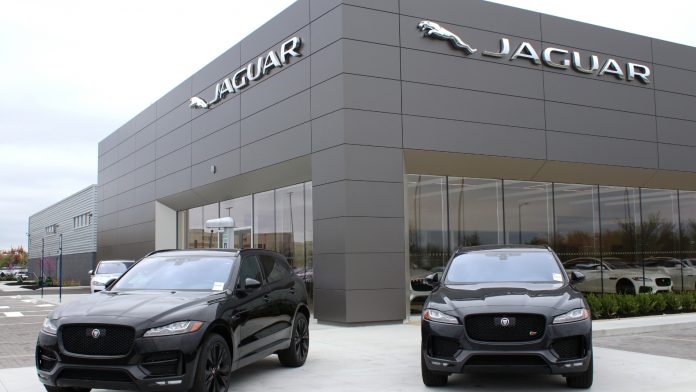Jaguar Land Rover (JLR) reported a 10.7% drop in first-quarter sales, according to its parent company, Tata Motors. The British luxury carmaker has experienced steep sales declines in the U.S., China, and Europe following a controversial rebranding initiative, as well as the brunt of tariffs and the phasing out of Jaguar’s legacy models.
Here’s why it matters:
The U.S. is one of JLR’s most critical markets. However, halting exports to the U.S. has put a strain on popular legacy models such as Range Rovers and Defenders. At the same time, JLR’s rebrand has distinguished longtime buyers, and the move to an all-electric lineup is colliding with the accelerated phase-out of the $7,500 EV tax credit. Dealers now face a shrinking model mix, inventory strain and fewer tools to sell high-priced EVs.
Key takeaways:
- JLR’s first-quarter sales plummeted 10.7%
After halting exports to the United States in April, the carmaker’s global sales fell to 87,286 units, down from 97,755 units a year ago. - Inventory is strained from tariffs and halted exports
The export pause cut off U.S. dealers from in-demand models like the Defender and Range Rover lineup. Without a U.S. manufacturing presence, Range Rovers, manufactured in Britain, face a 10% levy, and Defender SUVs, produced in Slovakia, will be taxed at 25%. - Jaguar’s rebrand alienated loyal buyers
The “Reimagine” initiative pivots from JLR’s luxury identity, creating confusion among longtime customers. - Shrinking EV demand in the U.S.
Jaguar plans to go all-electric by 2026, but consumers and dealers are losing the $7,500 EV credit, a prominent incentive that drives demand for electric variants. - Global market weakness adds pressure
JLR’s sales in North America, which account for one-third of its sales, dropped 12.2% in the first quarter. The brand is also contending with weak demand in China and slowing sales across Europe, further compounding the brand’s challenges.




